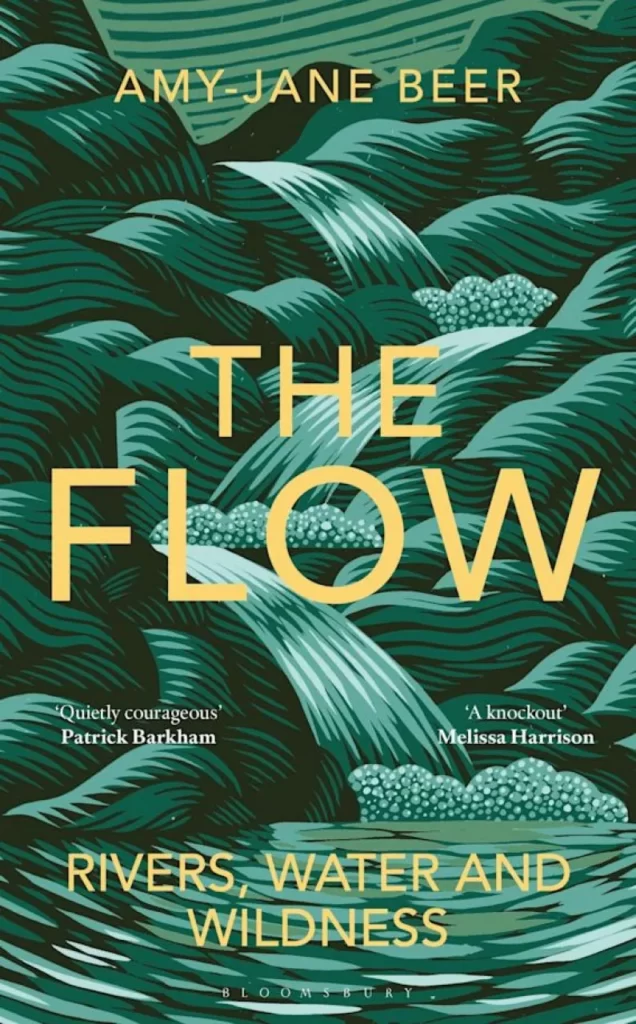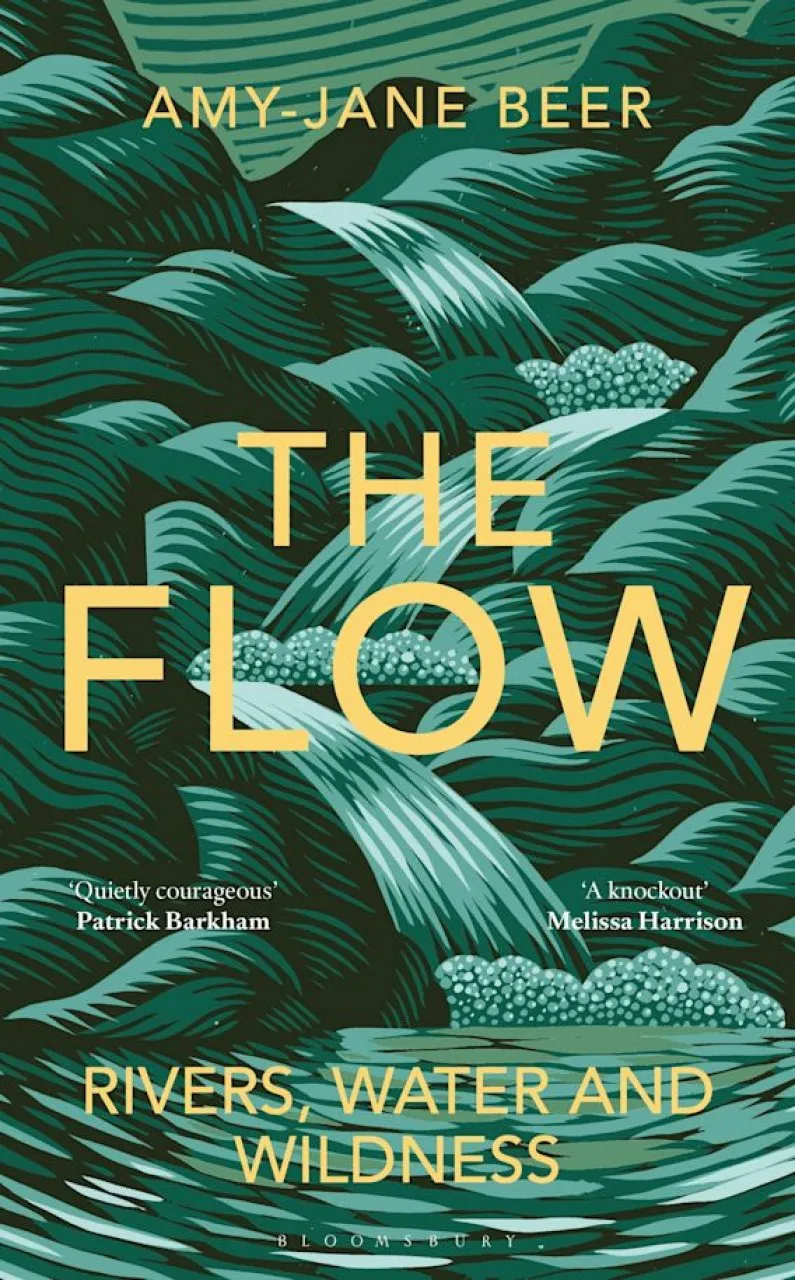The Flow is an exploration of moving water, and the wildlife and people that make use of it: the varied springs, streams and rivers that are found across Britain. We walk the banks, glide across the surface (in the author’s beloved kayak), push through the water itself and enter the hidden depths below. Either by design or, when straying from the path, by happenstance, we are introduced to people who are closely connected to these places. And we are guided through the history of waterways, both real and imagined, helping to set our rivers in context with the communities that live alongside them.
As with all the best books about nature, The Flow is a marriage of two things: a hard-won knowledge of the subject and a rare ability to write beautifully. (So much nature writing has one without the other.) Here, for example, is a Grey Heron that pitches down nearby when the author is swimming: ‘…flinching, scorching me with yellow-eyed disgust, and then after a two-second pause in which I fail to drop dead or vanish, he hunches into his wings as if hoisting a coat he had only just shrugged off…’. The bird is seen, understood, and rendered perfectly in words. The book is full of such moments.
There are poignant moments, too. The story returns often to a desperate event involving one of the author’s close friends. The significant problems that afflict our waterways, and which we read about often in BW, are not shirked, adding another layer of sadness. Then there is the problem of access; most of our waterways are hidden away behind barriers and warning signs, available only to those who own the land, can afford to pay, or are brave (and able) enough to hop the fences. And yet, despite everything, the writing is mostly joyful and positive, focusing on what we have left and how best we might start to put things right. Embedded throughout is a belief (or perhaps more a hope) that humanity will muster the wit and common sense to do better for our waterways, and for ourselves.
Much like the disgruntled heron, wildlife finds its way into the story as and when encountered. Two creatures, though, merit special attention. There is a colourful and balanced account of what Beavers will do for us if only we can relax enough to allow them back in. Then there is the Atlantic Salmon, an animal with demanding requirements that, increasingly, we are failing to meet. As it is a valued sporting animal, much effort is going into trying to save it, but the challenges are huge, not least from climate change and rising water temperatures. If we have healthy populations of both these species a few decades from now, we shall have done well enough for our waterways.
Throughout the book I was reminded of the words of therapeutic counsellor Susan Holliday: ‘We defend what we love. We love what we particularly know. We particularly know through seeing deeply.’ The Flow speaks powerfully to every aspect of that quote. Amy-Jane Beer sees deeply, she loves what she sees and she is willing to go to great lengths to defend it. Add to that a generosity of spirit in wanting to share nature with as many people as possible and the result is a warm and immersive book. It flows along like its watery subjects, from one captivating story to the next. It was a pleasure to read.

